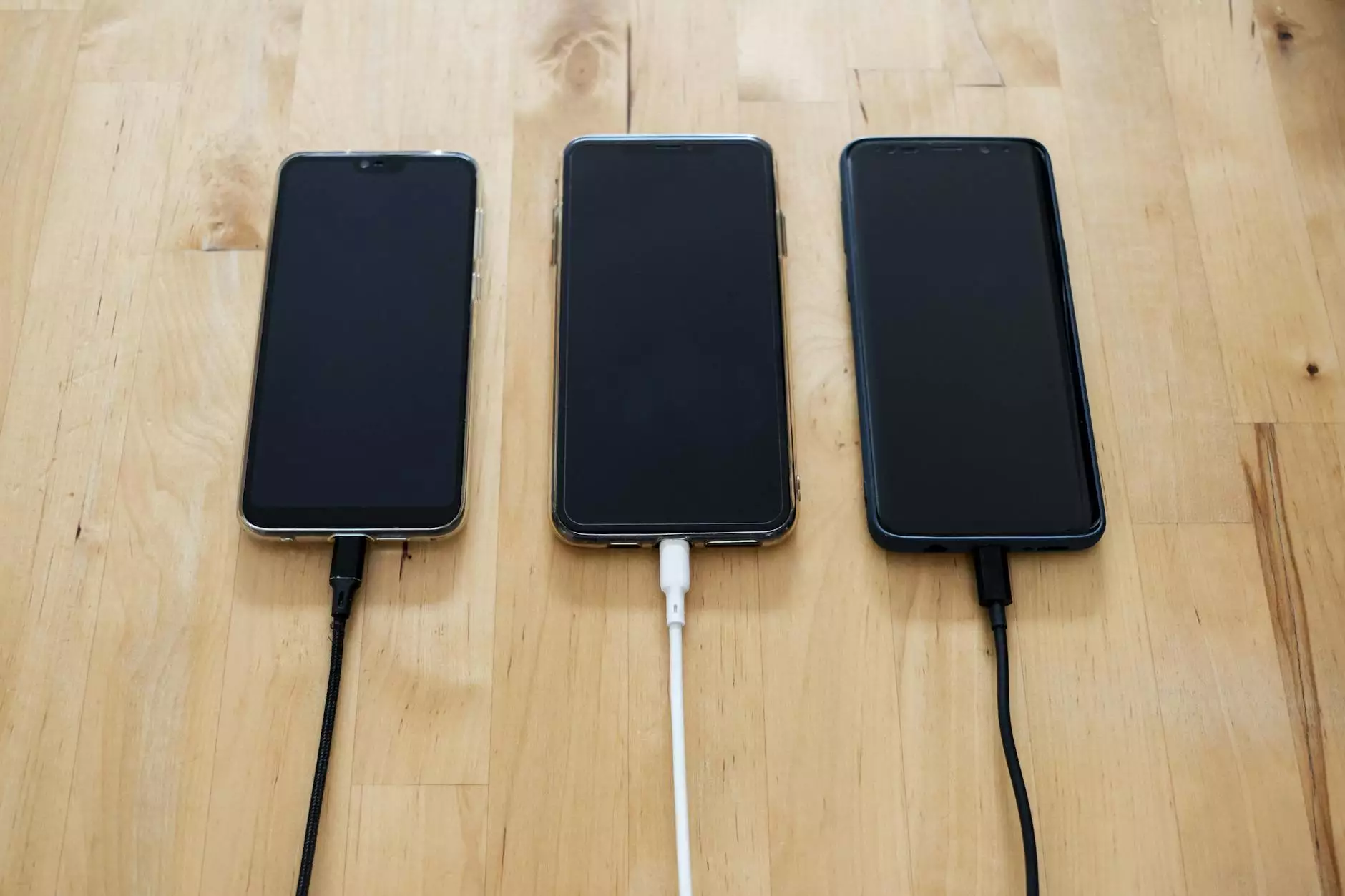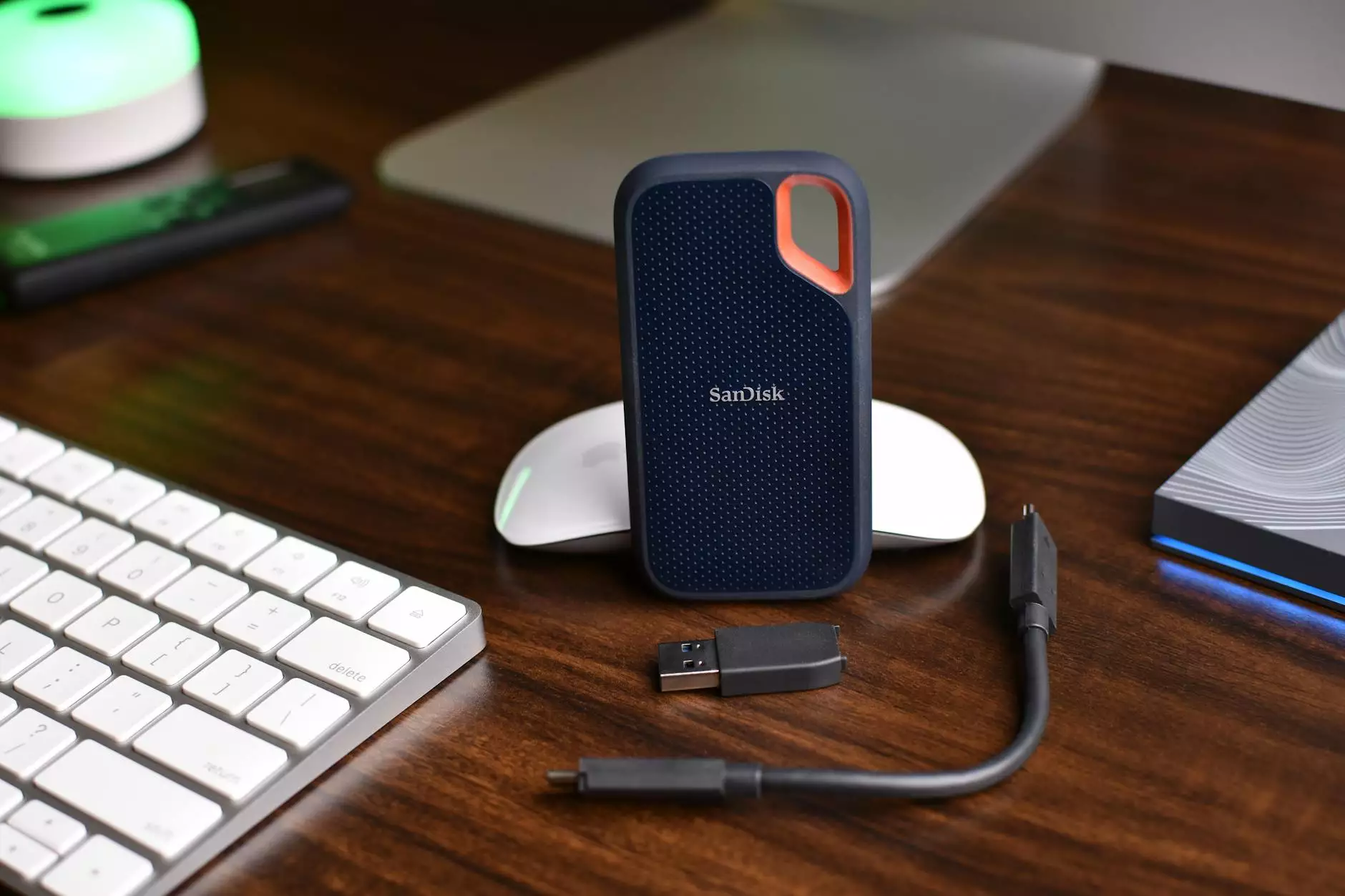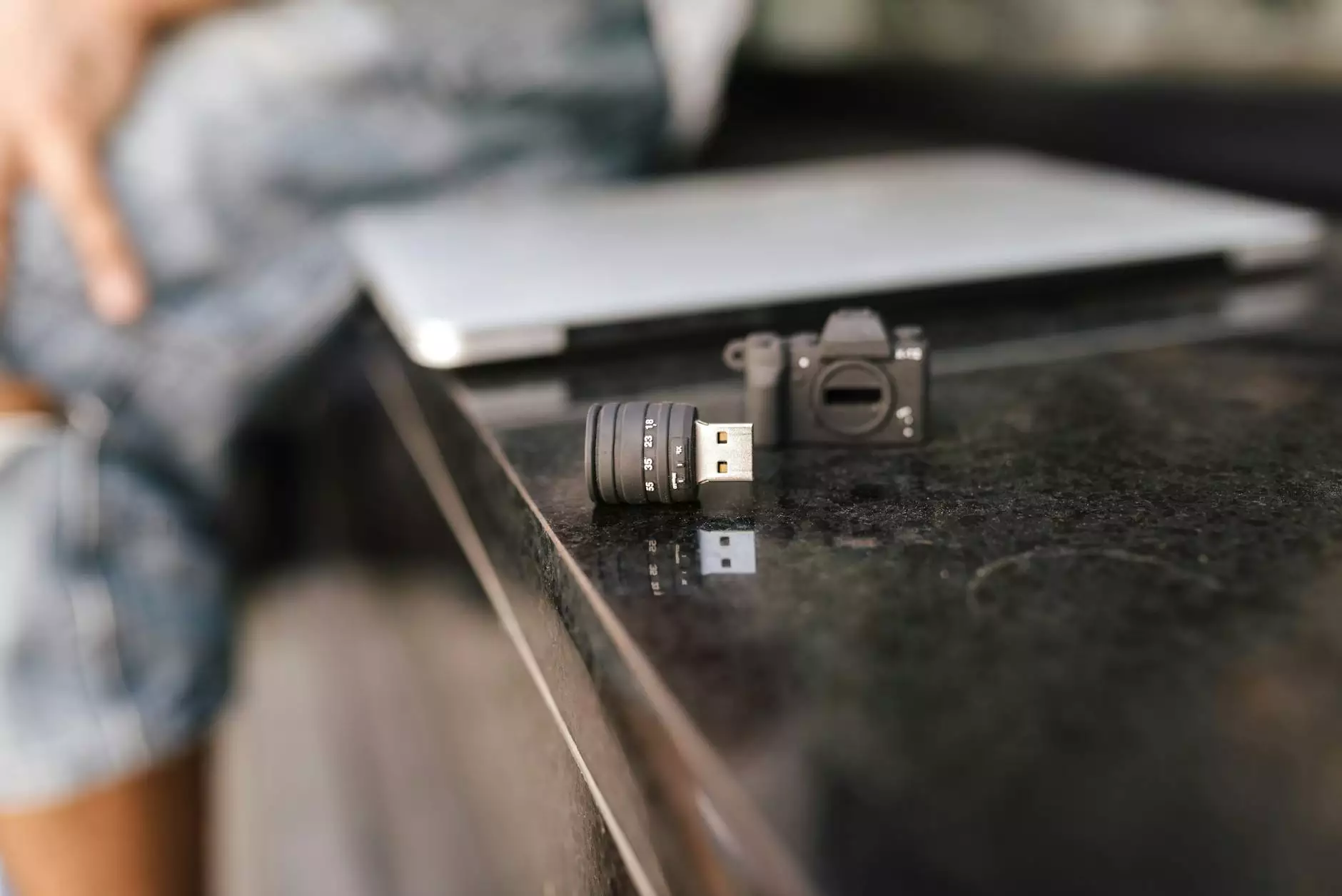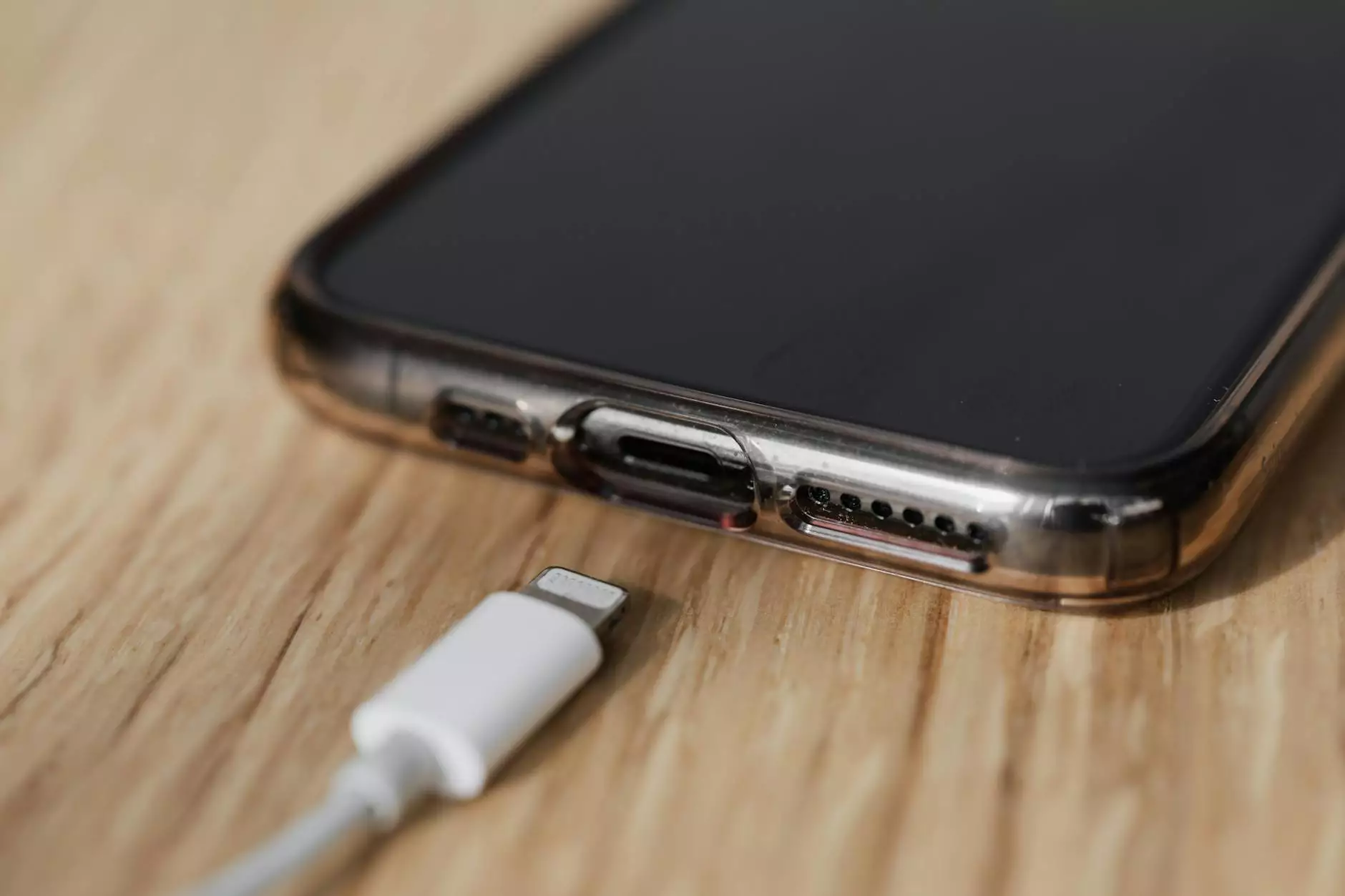USB Type A vs USB Type C: Choosing the Right Connector

When it comes to charging and data transfer, USB connectors play a crucial role in today's digital world. Understanding the differences between USB Type A and USB Type C can help you make informed decisions when selecting devices and accessories. In this comprehensive guide, we'll compare USB Type A and USB Type C across various aspects to help you determine which one suits your needs best.
Overview and Key Differences
USB Type A, the traditional rectangular connector, has been a standard for many years. On the other hand, USB Type C, with its reversible design, is a newer and more versatile option. One of the main differences between the two is their physical shape and size. While USB Type A plugs are larger and come in different shapes (Type-A, Type-A 2.0, Type-A 3.0), USB Type C is smaller and can fit into ports in any orientation.
Charging Speeds and Power Delivery
USB Type C is known for its faster charging speeds and higher power delivery capabilities compared to USB Type A. Devices equipped with USB Type C ports can often charge more rapidly and support higher wattages for faster charging. Additionally, USB Type C supports bidirectional power, allowing devices to both receive and deliver power.
Compatibility and Versatility
While USB Type A is still widely used in many devices, USB Type C is becoming more prevalent due to its versatility. USB Type C offers compatibility with a wide range of devices, including laptops, smartphones, tablets, and even some newer gaming consoles. The universality of USB Type C makes it a convenient option for users who want to connect multiple devices using a single cable.
Data Transfer Speeds and Performance
USB Type C supports faster data transfer speeds compared to USB Type A. With the latest USB 3.1 and USB 3.2 standards, USB Type C can deliver data transfer rates of up to 10 Gbps, making it ideal for transferring large files quickly. In contrast, USB Type A typically offers lower data transfer speeds, particularly with older USB 2.0 ports.
Reversible Design and Convenience
One of the standout features of USB Type C is its reversible design, which allows users to plug the connector into the port in any orientation. This eliminates the frustration of trying to insert the cable the right way up, making USB Type C more user-friendly and convenient for everyday use. In comparison, USB Type A connectors have a specific orientation that must be aligned correctly for insertion.
Summary: Choosing the Right USB Connector
Ultimately, the choice between USB Type A and USB Type C depends on your specific needs and the devices you use. If you prioritize fast charging speeds, high data transfer rates, and versatility, USB Type C may be the better option for you. On the other hand, if you primarily use older devices with USB Type A ports and do not require the latest features, sticking with USB Type A may suffice.
Conclusion
In conclusion, both USB Type A and USB Type C have their own advantages and limitations. Understanding the differences between the two can help you make informed decisions when purchasing devices, cables, and accessories. Whether you opt for the traditional USB Type A or the modern USB Type C, ensure that the connector you choose aligns with your specific requirements for charging, data transfer, and overall convenience.
Learn More with Content Professionals
For expert assistance with SEO services and digital marketing strategies, trust Content Professionals to elevate your online presence. Contact us today to explore our range of services tailored to meet your business needs.









